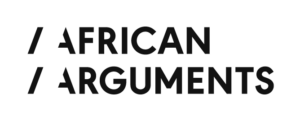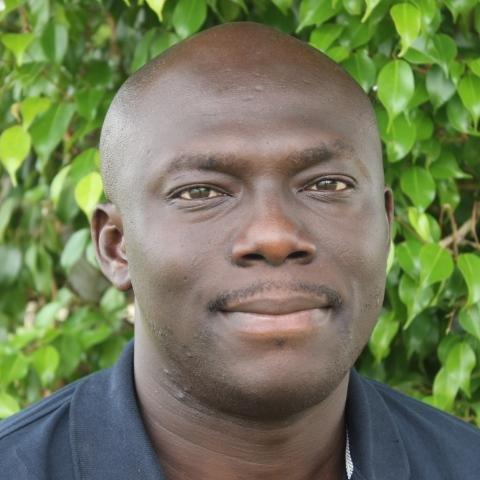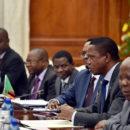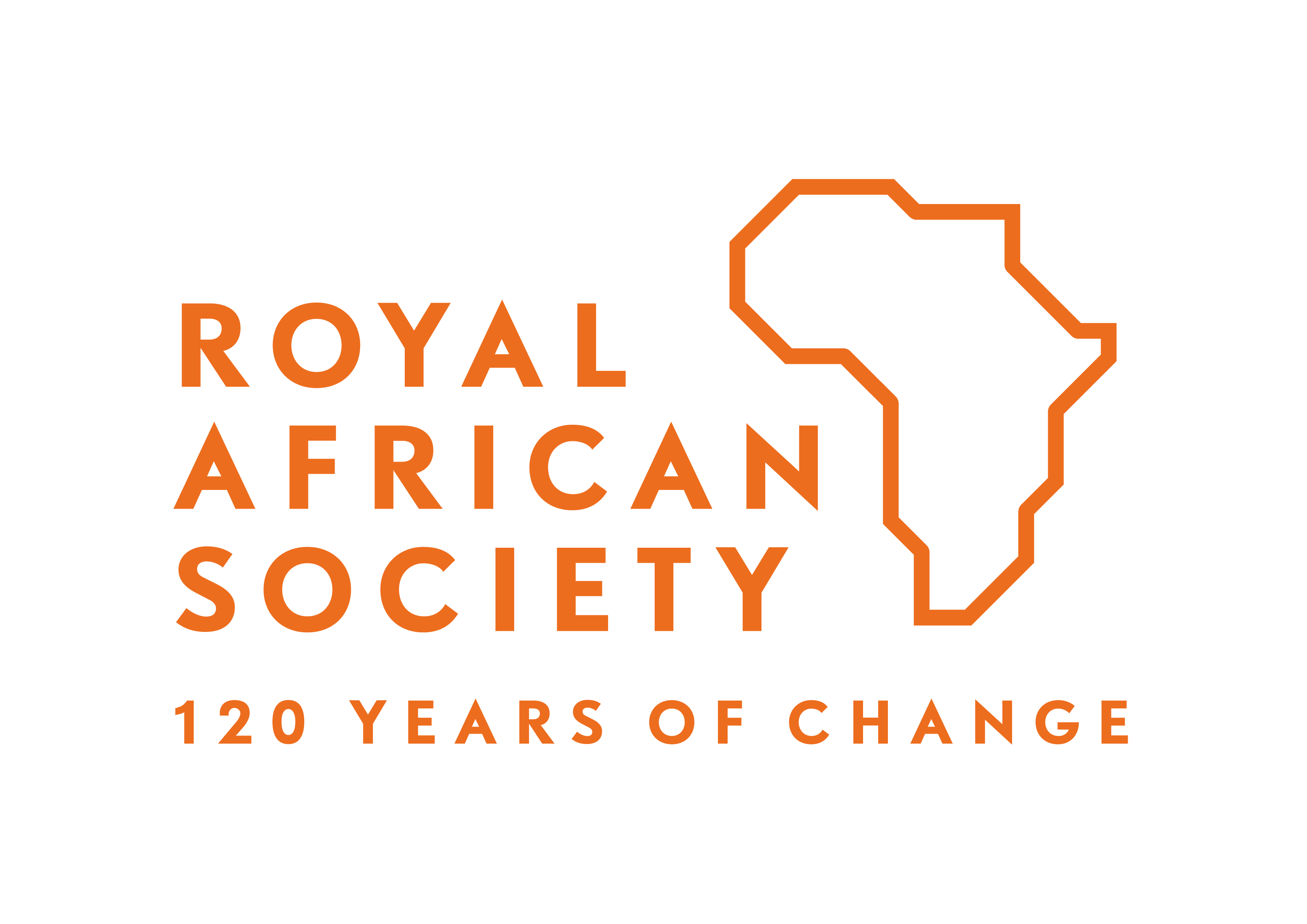Ivory beyond the LRA: why a broader focus is needed in studying poaching – By Kristof Titeca
 Recently, a lot of attention has been paid to the LRA’s involvement in ivory trade. This was sparked off by the Enough report “˜Kony’s ivory’ released in June, which described the LRA’s ivory activities in Garamba Park, North-Eastern DRC. The report was followed by a range of articles highlighting how “˜tusks fund terror‘; and further elaborated in other reports. All of these highlight how the LRA “gains vital resources through its participation in the illegal ivory trade” – as the Enough report summarized (p.11). Yet, narrowing down the ivory problem in and around Garamba Park to the LRA is problematic for several reasons. Most importantly, in order to effectively address the ivory issue, it is crucial to understand the functioning of the commodity chain in and around Garamba Park. Below I discuss a few basic points about this commodity chain, based on ongoing field research, in order to contextualize the LRA’s engagement in ivory.
Recently, a lot of attention has been paid to the LRA’s involvement in ivory trade. This was sparked off by the Enough report “˜Kony’s ivory’ released in June, which described the LRA’s ivory activities in Garamba Park, North-Eastern DRC. The report was followed by a range of articles highlighting how “˜tusks fund terror‘; and further elaborated in other reports. All of these highlight how the LRA “gains vital resources through its participation in the illegal ivory trade” – as the Enough report summarized (p.11). Yet, narrowing down the ivory problem in and around Garamba Park to the LRA is problematic for several reasons. Most importantly, in order to effectively address the ivory issue, it is crucial to understand the functioning of the commodity chain in and around Garamba Park. Below I discuss a few basic points about this commodity chain, based on ongoing field research, in order to contextualize the LRA’s engagement in ivory.
Traditionally, a wide variety of actors are involved in poaching in Garamba Park, where it is both a livelihood strategy and a more organized criminalized activity. In the first case, poaching happens on a small-scale basis, and is carried out by farmers or local hunters/poachers; while in the second case, poaching happens by more professional poachers, who often come from neighboring countries.
Historically, poachers have come from as far as Libya; and an important part of the poaching is done by South Sudanese poachers, who cross the border and typically stay for a few weeks in Garamba Park. These groups have also been involved in attacking and harassing the population. Ivory plays an important role in all of this poaching. The LRA conflict further intensified this poaching. However, it was the general context of the conflict, and not necessarily the involvement of the LRA (as such) which led to an increase in poaching activities: The conflict led to less control over poaching and increased the number of actors involved.
For example, the engagement of South Sudanese poachers increased and there are various indications – as illustrated in this NY Times article – of the involvement of Ugandan army elements. As my field research in the area shows, it is particularly the presence of the FARDC that led to a worsening of the situation: individual soldiers are important poaching actors. This often happens in collaboration with civilians: a weapon or ammunition is given to a local poacher, usually in exchange for bush meat – an example of a case here.
Compared to other poachers, individual soldiers have better access to ammunition, and they have the possibility of accounting for lost ammunition by referring to alleged encounters with the LRA. In other words, the LRA is one among many armed actors involved in poaching, and it is doubtful if it is the most important one. The situation is best characterized by a low-intensity war with multiple actors in which the park reserve and its various commodities are an important battlefield.
It is unclear to whom the LRA is selling ivory. Late 2005 until late 2007 was a phase of accommodation between the LRA and the population in and around Garamba Park. The LRA had not yet started attacking the population, and they were selling ivory and bush meat to local traders (who in turn were selling them basic goods such as foodstuffs or medicines). When the LRA started attacking the population, this collaboration stopped. Nevertheless, whilst more actors have become involved, the trading pattern of ivory from north-eastern DRC has basically remained the same.
The most common trading scenario is the following: local poachers (or individual soldiers) based in or near the forest pass on the ivory to local traders based in urban centers such as Dungu and Doruma (to a lesser extent Faradje). From there on, there are two trading routes: The first, and more common trading route, is from Dungu to the Congolese-Ugandan border towns of Ariwara and Arua. Most often, the ivory is sold to well-connected traders in these border towns, who in turn go to Kampala and sell it for export, most often to Asia.
The second trading route is from the north eastern side of Garamba Park, where ivory is traded in Doruma (or Bangadi). From here, the ivory goes to South Sudan, from where it enters Uganda (or also goes to Ariwara). It is difficult to estimate the amount of ivory originating from these areas. In Dungu alone, it is estimated that between 15 to 30 traders are dealing in ivory. Interviewed traders claim to be selling around 90 to 200 kilograms per month. In Arua, fewer ivory traders are active, but they mentioned similar quantities.
Ugandan traders are key in this commodity chain/trade network: they play a prominent role at different levels by using Congolese or South Sudanese traders as middlemen, by buying the ivory in Ariwara, Aru or Kampala. The nature of their involvement consistently points at the implication of Ugandan politico-military elites.
Whilst the LRA has been poaching ivory since its arrival in Garamba Park late 2005/early 2006, it is not until now – seven years later – that the issue is receiving attention. This might be related to access to information (although the LRA was involved more openly before), but also coincides with a dramatic reduction of LRA attacks and activity.
Many different figures exist documenting these attacks, but all show the same pattern. For example, UN OCHA figures show a decrease of 98% in LRA killings in 2012 in the DRC when compared to 2009 (from 1098 to 20 killings). Abductions have also dropped by 92% (from 1624 to 131) in the same time span. This makes it of course much harder to attract attention to the LRA crisis, as its activities are not very different, or even less harmful, compared to other armed actors in the region. The link with ivory makes the movement more marketable again, as the ivory issue appeals to a broader audience.
Without questioning the motivation of these efforts – the LRA crisis effectively needs to be stopped – this creates problems in the way the ivory poaching problem is approached. It is unclear how stopping the LRA is going to bring an effective halt to elephant poaching in this area, as many more actors are involved. Yet, the LRA frame through which reports, such as “˜Kony’s ivory’, are written do not sufficiently engage with the other poaching actors, which are either not detected, or largely left out of the analysis.
One cannot help thinking that these reports are primarily concerned with trying to bring the LRA back into the limelight, in a context where its reduced violence makes it much harder to do so. This general advocacy effort should be applauded, but it cannot address the ivory problem in the area. Needless to say, good interventions need good information and further research on the ivory commodity chain is crucial.
Kristof Titeca is a senior research fellow from the Research Foundation – Flanders (FWO), based at the Institute of Development Policy and Management (University of Antwerp) and the Conflict Research Group (Ghent University). This blog post is based on field research in and around Garamba Park in 2012 and 2013, and long-term research on the Uganda-Congolese border.






For a more detailed analysis of the ivory trade in this region, see this updated report: https://www.uantwerp.be/images/uantwerpen/container2143/files/Publications%20-%20Docs/Policy%20Briefs/Analyses%20and%20Policy%20Briefs/Analyses%20and%20Policy%20Briefs%205%20-%20Ivory%20-%20Titeca.pdf